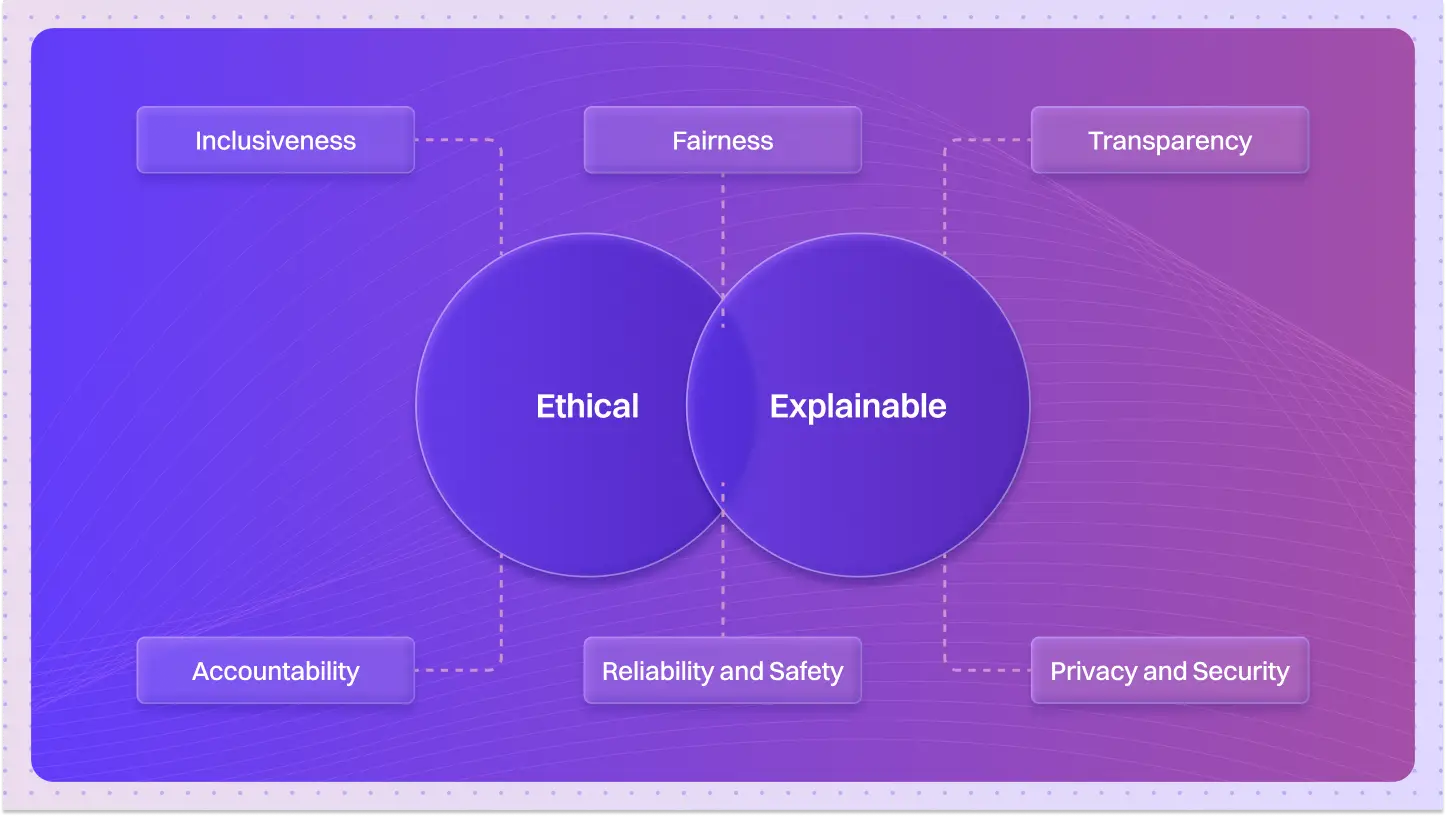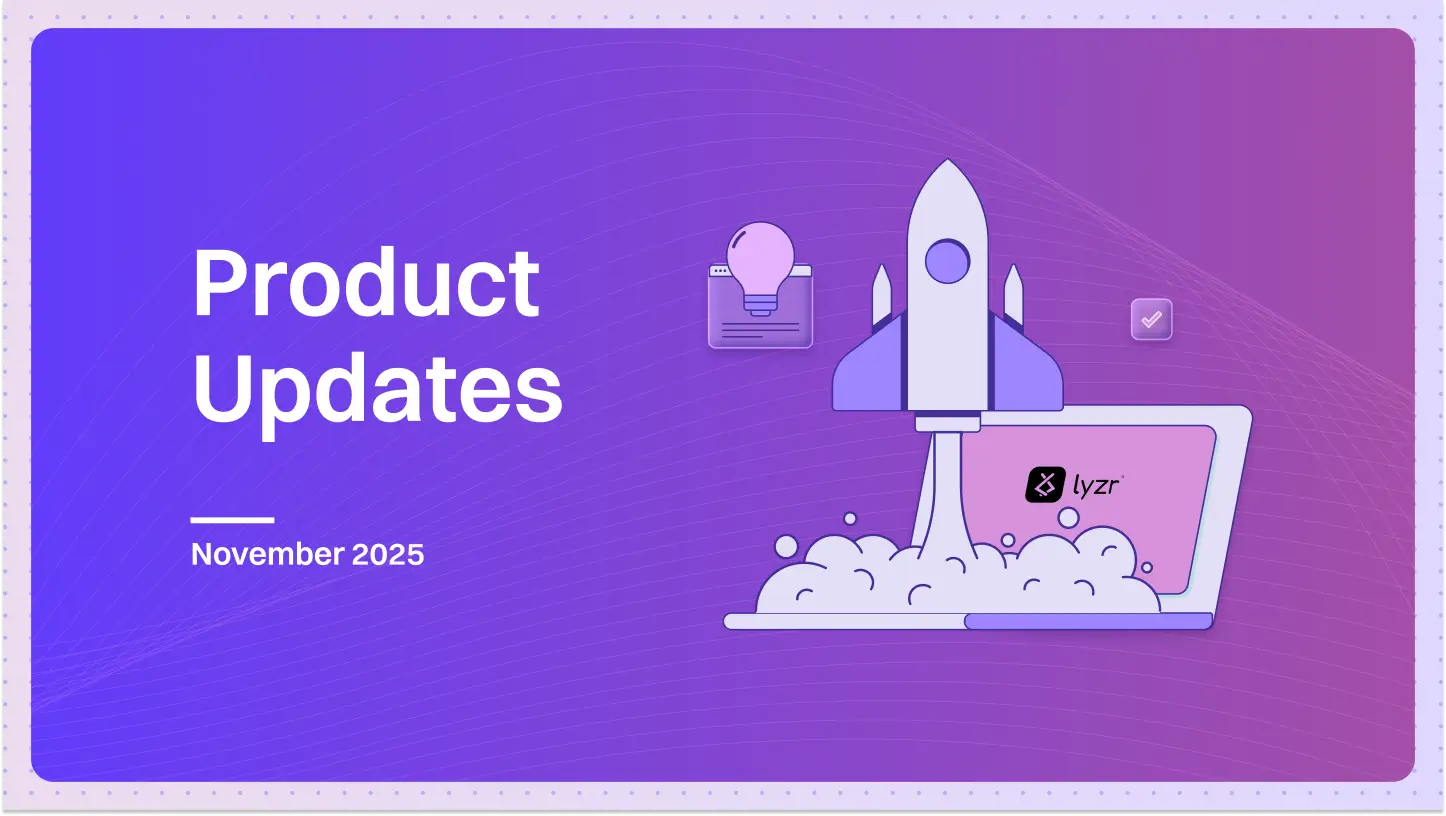A single AI agent, no matter how powerful, has a blind spot.
This is how you fix it.
Multi-Agent Systems are computational frameworks where multiple AI agents interact, collaborate, and sometimes compete to solve complex problems that would be difficult or impossible for a single agent to handle alone.
Think of it like a specialized team in a hospital.
You don’t have one person trying to be the surgeon, the nurse, the administrator, and the pharmacist.
That would be chaos.
Instead, you have a team of experts, each with their own role, all communicating and coordinating to care for a patient.
Multi-Agent Systems apply this same principle of specialized collaboration to AI, allowing them to tackle problems far beyond the scope of any single agent.
This isn’t just an upgrade.
It’s a fundamental shift in how we build and deploy AI to solve real, complex, multi-step problems in the world.
What are Multi-Agent Systems?
They are ecosystems of AI.
Not just one AI, but a collection of autonomous agents working in a shared environment.
Each agent has its own set of skills, its own perspective, and potentially its own goals.
They are designed to:
- Communicate with each other.
- Coordinate their actions.
- Divide and conquer a larger problem.
One agent might be a research specialist, another a data analyst, a third a writer, and a fourth a code validator. Together, they can complete a project that would be impossible for any one of them alone.
How do Multi-Agent Systems work?
They operate through structured teamwork.
It’s not a free-for-all. The system is built on clear rules of engagement.
First, there’s communication. Agents share information, requests, and results using a common language.
Second, there’s coordination. They align their activities, whether that means taking turns, bidding on tasks, or following the direction of a “manager” agent.
Third, there’s specialization. Each agent focuses on what it does best, handing off work to other specialists when needed.
This distribution of labor allows for parallel processing and a much higher degree of sophistication in the final outcome.
What distinguishes Multi-Agent Systems from single-agent AI?
It’s the difference between a soloist and an orchestra.
A single-agent AI has to handle every part of a task.
It can become a bottleneck, a jack-of-all-trades but a master of none. It has one perspective and one set of capabilities.
Multi-Agent Systems are fundamentally different.
They distribute the workload.
This creates new capabilities that a single agent simply can’t replicate.
- Resilience: If one agent fails, another can potentially step in. There’s no single point of failure.
- Multiple Perspectives: Different agents can analyze a problem from different angles, leading to more robust solutions.
- Complex Simulations: They can model complex, real-world systems with many interacting parts, like an economy or a traffic grid.
What are the practical applications of Multi-Agent Systems?
This technology is already running critical business functions.
- In Business: IBM uses multi-agent systems to create intelligent workflows. One agent handles the customer query, another processes the documents, and a third makes a decision, all in a coordinated flow.
- In Supply Chain: Amazon’s logistics network is a massive multi-agent system. You have inventory agents, pricing agents, and routing agents all working in concert to get a package from the warehouse to your door efficiently.
- In Finance: Investment firms deploy teams of agents. Market analysis agents feed data to risk assessment agents, which then inform trade execution agents that operate in real-time.
What technical mechanisms enable Multi-Agent Systems?
This collaboration doesn’t happen by accident.
It’s enabled by specific technical frameworks that act as the rules of the road for the agents.
The core isn’t just about general coding.
It’s about creating robust harnesses for interaction.
- Agent Communication Languages (ACL): These are standardized formats, like FIPA-ACL, that ensure agents can understand each other’s messages, requests, and replies. It’s their shared language.
- Role-Based Architectures: This is like assigning job titles. You explicitly define agents as ‘planners’, ‘executors’, ‘validators’, etc. This creates a clear division of labor from the start.
- Coordination Mechanisms: These are the protocols for teamwork. A common one is the Contract Net Protocol, where a “manager” agent announces a task, and other agents “bid” on it based on their ability to perform it.
Quick Test: Can you design a simple agent team?
Imagine you want to automate the process of planning a company-wide virtual event. What specialized agents would you create for your team?
You might design a team with:
- An Event Planner Agent to define the overall goals and timeline.
- A Speaker Outreach Agent to find and contact potential speakers.
- A Marketing Agent to draft promotional emails and social media posts.
- A Logistics Agent to manage the virtual platform and registration.
Each agent has a clear job, and they would need to communicate status updates to the Planner Agent.
Deep Dive FAQs
What’s the difference between Multi-Agent Systems and Ensemble Methods?
Ensemble methods combine the outputs of multiple models to make a single, final decision (like a panel of judges voting). Multi-Agent Systems involve agents that interact, communicate, and take a sequence of actions over time to achieve a goal. It’s a dynamic process, not a static vote.
How do Multi-Agent Systems balance autonomy and control?
This is a key design challenge. You give agents enough autonomy to make intelligent decisions within their specialized domain, but you impose system-level rules and coordination protocols to ensure they all work toward the collective goal without causing chaos.
How can organizations implement Multi-Agent Systems effectively?
Start small. Define clear roles and responsibilities for just two or three agents. Build a robust communication protocol. Create oversight mechanisms to monitor their interactions. Only scale up once the core team is working reliably.
What emerging trends are shaping the future of Multi-Agent Systems?
The rise of powerful Large Language Models is a huge catalyst. We’re seeing the creation of LLM-based agent teams where models with different “personas” or specialized tools collaborate. Another trend is human-in-the-loop systems, where AI agents and human experts work together as a single, hybrid team.
How do human-agent collaborations function in Multi-Agent Systems?
Humans often act as the “manager” or “supervisor.” They set the high-level goals, review the agents’ plans, and provide critical feedback or make final decisions on complex or ambiguous steps. The agents handle the detailed, repetitive, and data-intensive parts of the task.
The future of complex problem-solving isn’t a bigger brain; it’s a better team.







